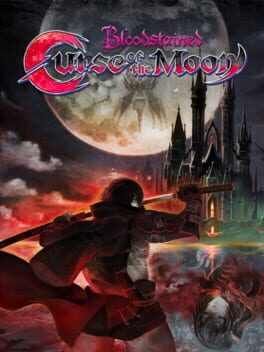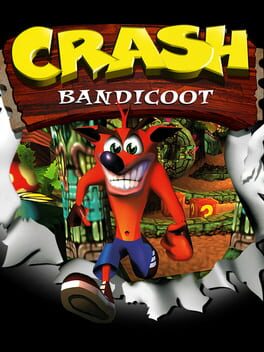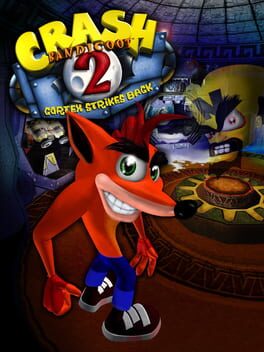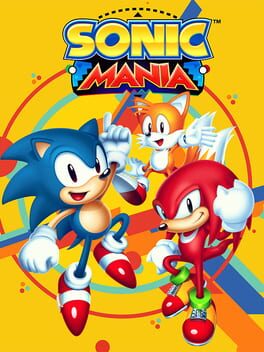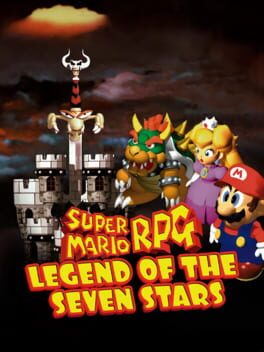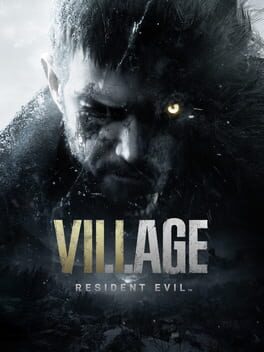moogy
2021
1996
2007
2022
This would be the easiest Sonic game to recommend if the music weren't so bland and if the writing weren't so awful. While the individual levels are just "fun," whatever that means, the overworld parts are genuinely experimental and fascinating. Certainly more inspired than a Sonic game has been since SA2, even if it cannot aspire to the heights of that title.
1998
What I find most interesting about this game is how the pacing is that of a command-driven Japanese adventure game. You go around solving puzzles and finding keys within these little isolated environments, then you sit through some cutscenes and a boss encounter, and then you repeat the whole process. Kojima's roots as an ADV developer show with the basic gameplay loop and how he weaves the narrative in and out of it.
Unfortunately I hate stealth gameplay.
Unfortunately I hate stealth gameplay.
2017
Generally solid game, nothing really sticks out but nothing is really wrong with it either (except some visibility issues here and there). Not being able to avoid interfacing with the hyper system is a bit annoying when going for bombless runs, but otherwise I think it's a much better take on that sort of system than trances in 13 or the release system in 16 (and everything is perfectly doable without hypers except maybe the penultimate pattern). Also has one of the best soundtracks; every song from stage 4 on is impeccable.
Despite hating stealth gameplay, I look back on MGS2 with nothing but fondness for every element of it, simply because I got incredibly invested in the narrative. That to me demonstrates the potential of video games as an interactive storytelling medium; I could appreciate how the gameplay and narrative fed into one another even without appreciating the former in isolation.
People will deride Kojima's games for being cutscene-heavy, saying that he just wants to make movies or whatever, but I think that the MGS series at least is exploring avenues of expression unique to video games. There's a texture and richness to the world brought about by the codec calls and simulated environments, a verisimilitude that makes the player that much more invested. I don't enjoy stealth gameplay at all, but at the same time, I feel a cutscene compilation would not serve as a replacement for actually playing MGS2.
Of course, maybe this is all just rationalization on my part -- maybe I'm just shallow and willing to power through gameplay I hate if I enjoy the writing in a game. Perhaps I'm the one failing to understand the synergy between mechanics and narrative. Either way, though, I loved Metal Gear Solid 2.
People will deride Kojima's games for being cutscene-heavy, saying that he just wants to make movies or whatever, but I think that the MGS series at least is exploring avenues of expression unique to video games. There's a texture and richness to the world brought about by the codec calls and simulated environments, a verisimilitude that makes the player that much more invested. I don't enjoy stealth gameplay at all, but at the same time, I feel a cutscene compilation would not serve as a replacement for actually playing MGS2.
Of course, maybe this is all just rationalization on my part -- maybe I'm just shallow and willing to power through gameplay I hate if I enjoy the writing in a game. Perhaps I'm the one failing to understand the synergy between mechanics and narrative. Either way, though, I loved Metal Gear Solid 2.
2023

